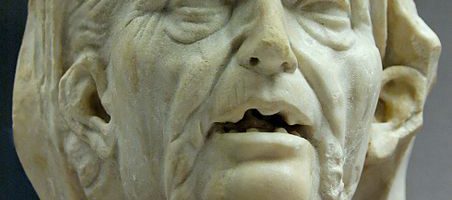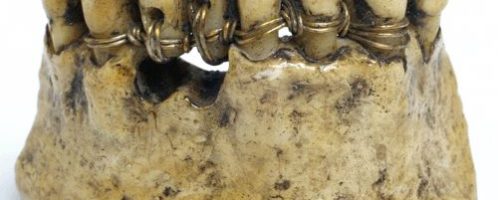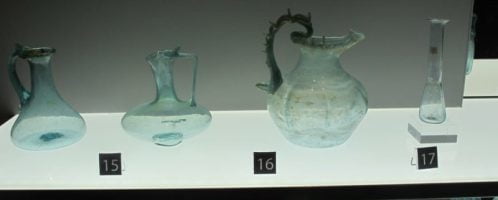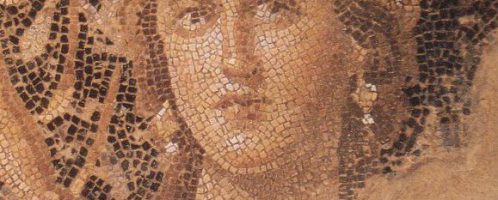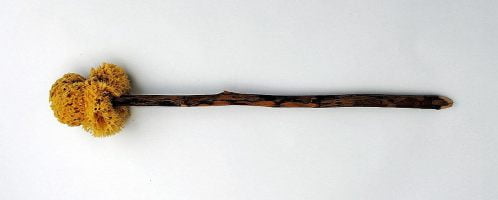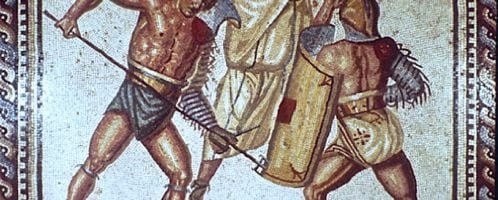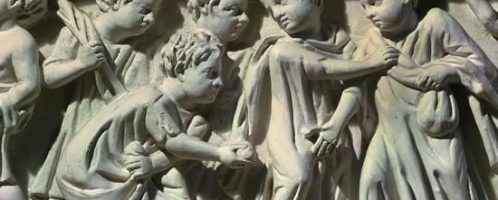Old women in Rome
Roman writers and the upper Roman classes in general, despite their privileged position, were afraid to go too far in criticizing women, as it could cost them a lot (women were treated with some respect, nevertheless, especially as long as they were able to bear children). Old women were an exception because of their social and moral consent. As the position of women grew, there were these old women portrayed as mischievous wags and witches.

